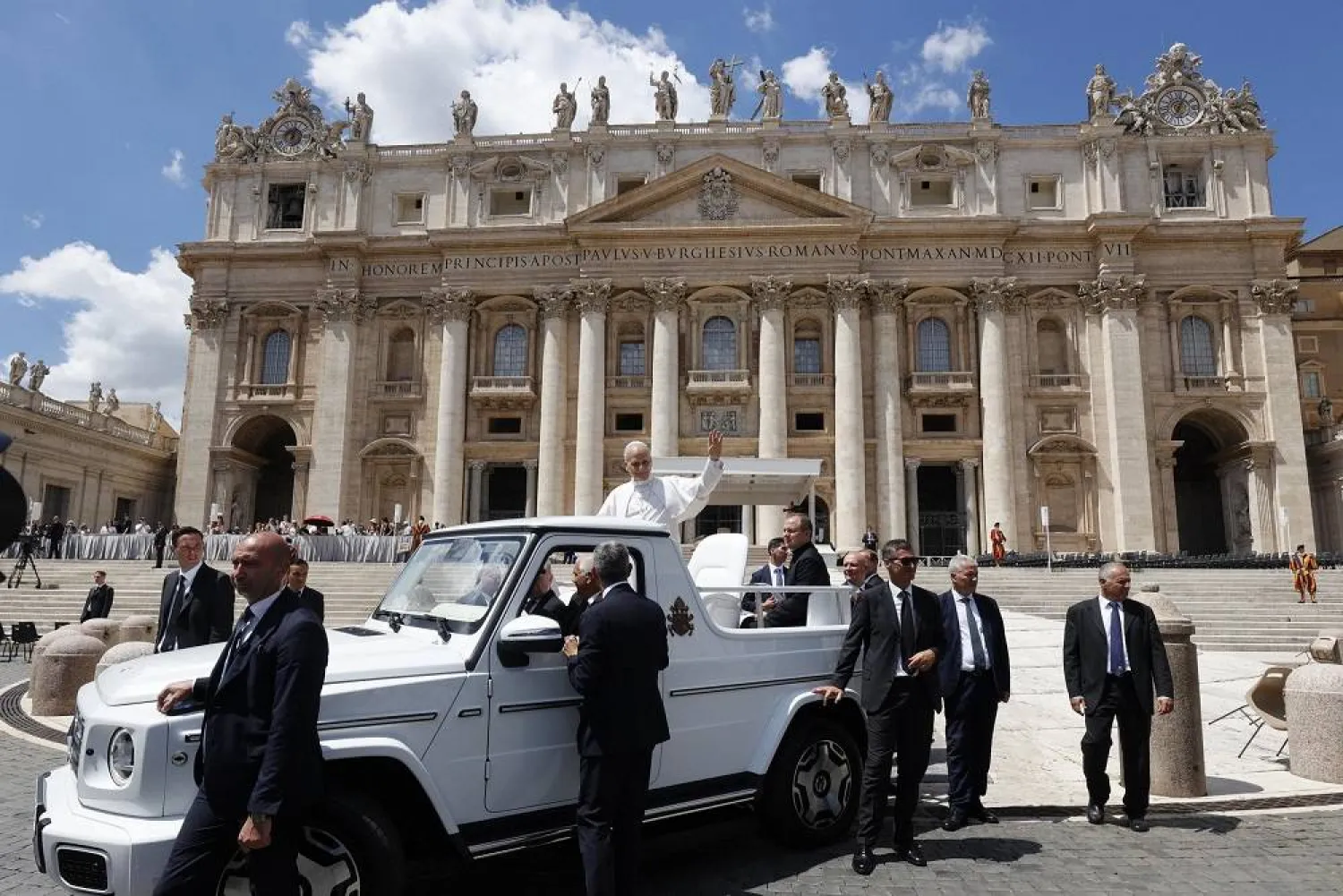An "unusually large meteor" briefly lit up southern Norway on Sunday, creating a spectacular sound and light display as it rumbled across the sky, and a bit of it may have hit Earth, possibly not far from the capital, Oslo, experts said.
There were no immediate reports of injuries or damage.
Reports of sightings started arriving around 1 a.m., with video circulating on social media showing at least one bright flash lighting up a marina at Holmestrand, south of Oslo.
The Norwegian Meteor network on Sunday was analyzing the video footage and other data to try to pinpoint the meteor's origin and destination.
Preliminary data suggested a meteorite may have hit Earth in a large wooded area, called Finnemarka, just 60 km (40 miles) west of the capital, Oslo, the network said.
"This was crazy," the network's Morten Bilet, who saw and heard the meteor, told Reuters.
The meteor travelled at 15-20 km per second and lit up the night sky for about five to six seconds, Bilet said. The summer sky was dark, with the days starting to get shorter from the end of June.
"What we had last night was a large rock travelling likely from between Mars and Jupiter, which is our asteroid belt. And when that whizzes in, it creates a rumble, light and great excitement among us (experts) and maybe some fear among others," Bilet said.
There were no reports of damage or people being particularly frightened, as was the case in 2013 when a meteorite streaked across Russia and exploded over Chelyabinsk Bilet said.
For those nearest, it was likely more of a "spooky" event, he added.







